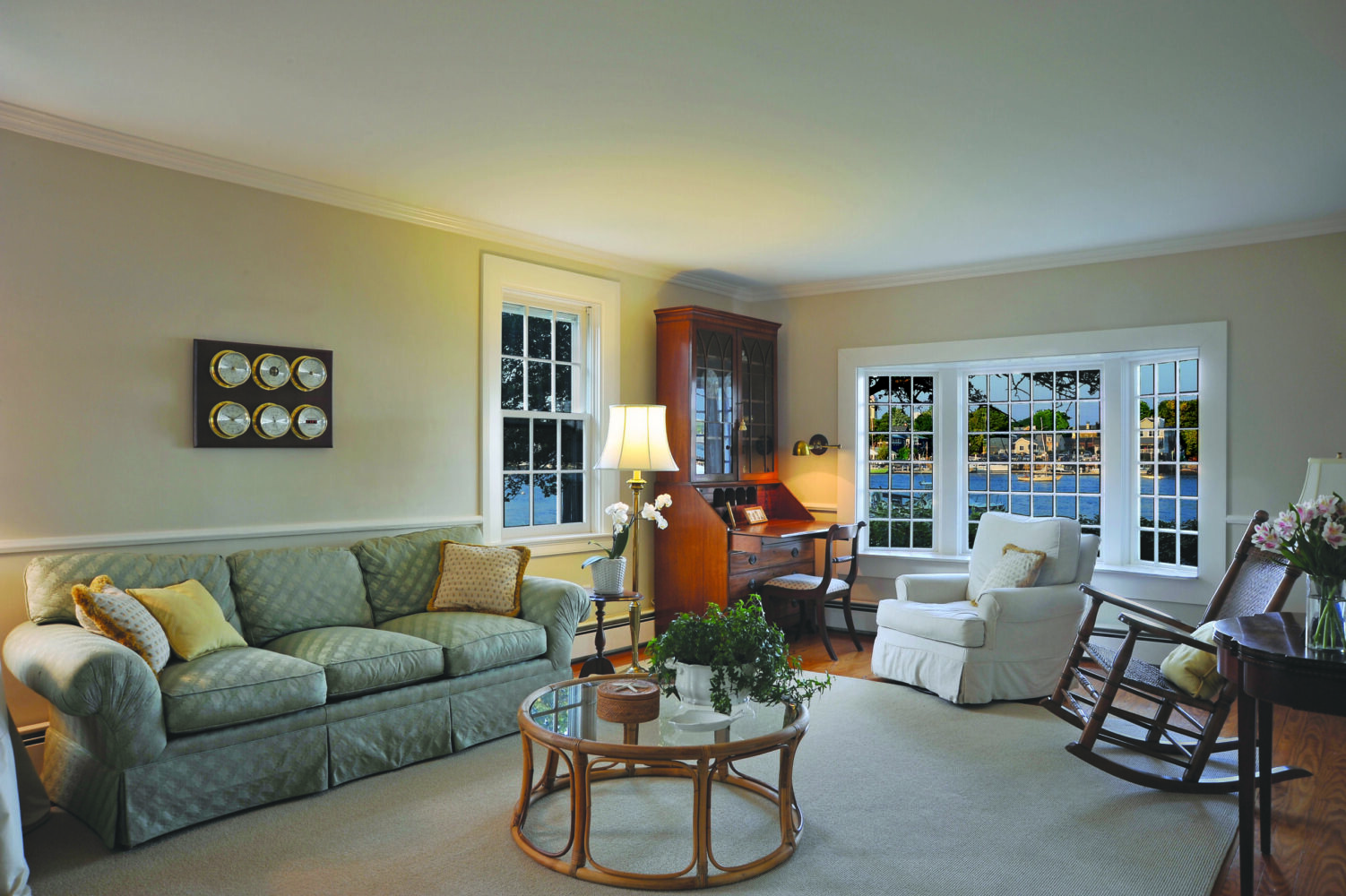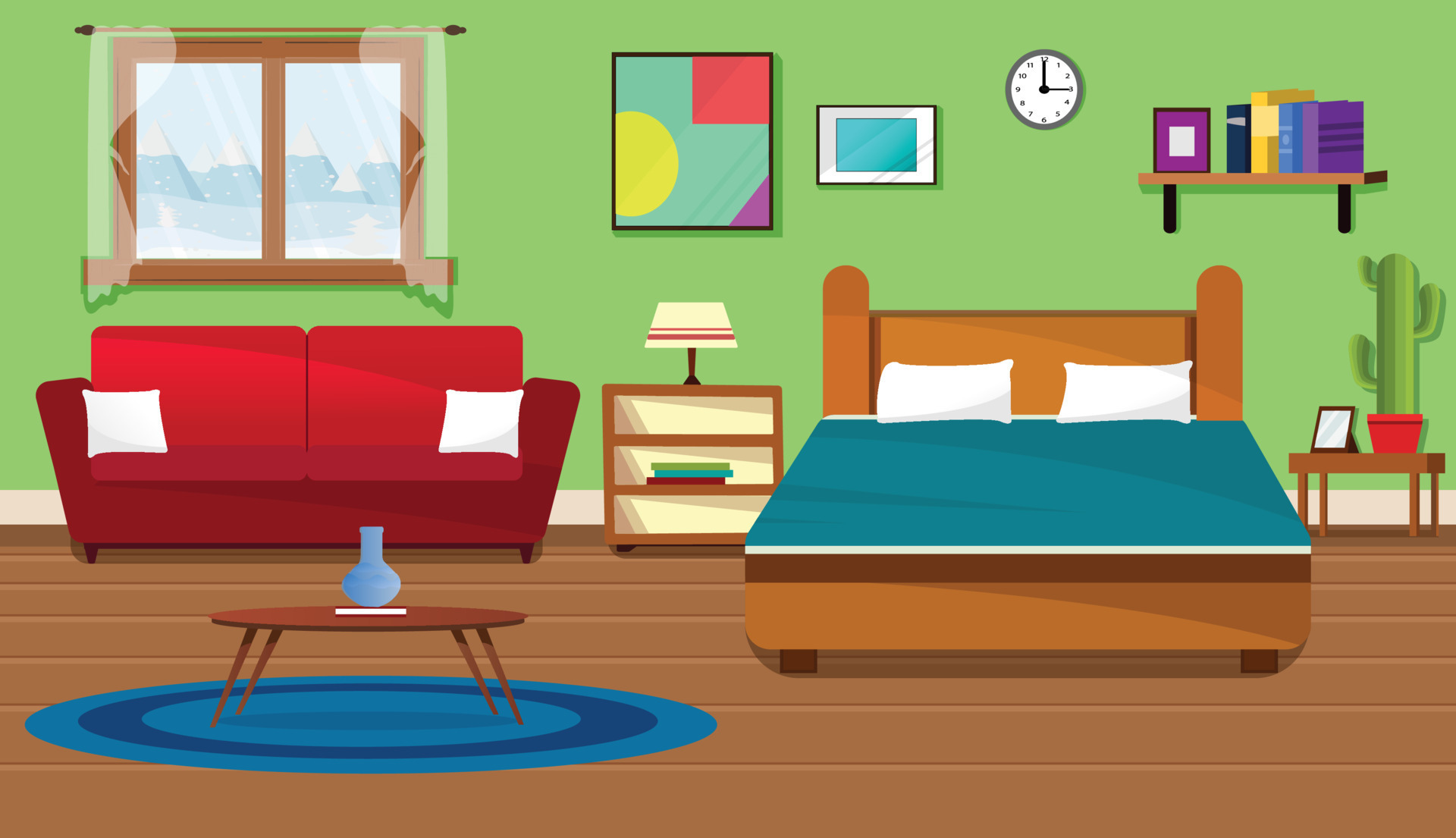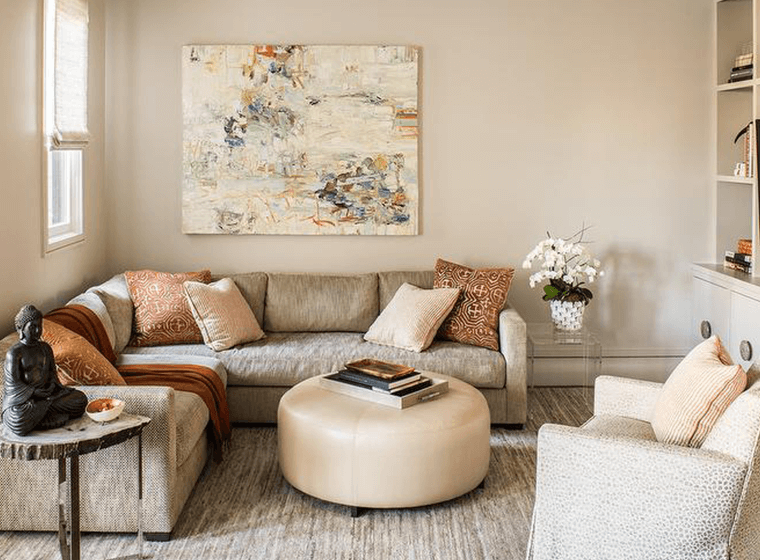Traditional Japanese Machiya Style House Designs
Traditional Japanese Machiya style house designs are often seen as one of the top 10 art deco house designs in modern exterior design. Machiya are traditional merchant houses found in the cities and often offer a glimpse of the past. These houses can be further divided into various styles, including the traditional Japanese-style Machiya as well as the contemporary, modern house designs. Each style reflects the region and culture in which it originated and can be easily customized to meet the needs of the homeowner.
The Machiya is a unique form of residential building, dating back hundreds of years to the Edo period in Japan. During this period, the Machiya quickly became a favored by the public due to the efficiency of its design, featuring two-story dwellings with an airy, spacious interior that could accommodate large families. The simple yet sophisticated design of many Machiya houses has been kept in contemporary times, making them some of the most sought-after house designs today.
Japanese Machiya: A Brief Overview
Machiya are traditional Japanese-style houses that feature a two-story design. The exterior is often minimal with a wooden frame and tiled roof, and the interior consists of several rooms with tatami flooring. Machiya are typically lengthy, with a remarkable length of thirty-five meters or more, and the entrance to the main room is usually outward facing. In the past, these spaces were built to accommodate the entire extended family, featuring a two-level roof that rose to three stories as needed to accommodate the family. The exterior of the Machiya often has columns and other decorative elements.
Machiya are sometimes called “social homes” because the interior and exterior would usually host large gatherings of people. The interior was designed to be an open place that could accommodate both day-to-day activities and more formal gatherings such as weddings and festivals. The design of the Machiya was also often quite modern for its time, and many of the traditional features can still be seen in modern Machiya houses.
History & Design of Japanese Machiya
The history of Machiya began with the Edo period of Japan, when they quickly became popular among the public. Machiya were designed to be multifunctional, with space for merchants and craftsmen to work as well as a living area for a large family. The interior design elements used in Machiya generally feature tatami mats, wooden shelving, paper sliding doors, and other traditional touches.
This style of house design was often due to the practicality of their design, becoming a popular alternative to the traditional residences of the upper classes. The large size of the Machiya, averaging 40 meters or more in length, made them well-suited to accommodate large gatherings and helped make them a symbol of hospitality in the past.
Modern Japanese Machiya
Today, modern Japanese Machiya house designs are still popular with those looking for a unique house design. These houses are often characterized by a modernized interior, featuring sleek, modern furniture, decorations, and fixtures. For many, however, one of the primary appeals of modern Machiya house designs is the incorporation of traditional Japanese style elements. The incorporation of a traditional tea house, a Zen garden, or other Japanese-style decorations can help to create a unique and stunningly beautiful atmosphere that can’t easily be found elsewhere.
Modern Machiya house designs also enjoy a certain level of flexibility. A modern Machiya house can include hand-crafted elements such as custom furniture made with traditional materials, or an open kitchen and living area that takes advantage of natural light and views. As such, it is possible to customize a Machiya house to your specific needs while still maintaining the charming qualities that make these house designs so unique.
Japanese Machiya: Practical Tips
If you are considering a Machiya house design, there are a few practical tips to keep in mind. First, it is important to consider the size of the area you want to build in. While Machiya are spacious houses, it is still important to make sure that the house will fit in its given location. This may also influence the design of the exterior, as it is best to keep the facade in harmony with the environment.
Secondly, try to maintain the traditional aesthetic of the Machiya while still incorporating modern elements. Traditional decoration elements are often still found in contemporary Machiya houses, such as the use of tatami mats or paper sliding doors. This makes it possible to create a unique house design that seamlessly blends together both classic and modern elements.
Machiya and the Residents Living Inside Them
Machiya provide a unique type of lifestyle for those who inhabit them. The sizable size of typical Machiya dwellings makes them a suitable home for large families. As such, they are a great choice for those who enjoy hosting family gatherings and make for an excellent location for larger gatherings and celebrations.
Moreover, the open-air characteristics of Machiya makes them ideal for those who enjoy a touch of nature in their homes. This is because, unlike typical apartment units, Machiya are often surrounded by plenty of green spaces which make it easy to enjoy modern comforts while still benefitting from the surrounding natural environment.
How Feng Shui Applies to Japanese Machiya House Design
Feng Shui is a Chinese philosophy that emphasizes how the environment influences wellbeing. Feng Shui applies to many aspects of life, including home design. Therefore, it is important to ensure that your home follows Feng Shui principles if you are considering a Machiya.
Feng Shui apparently suggests that the positioning of certain objects can influence peace, relationships, and prosperity within a house. Therefore, when designing a Machiya, it is important to consider the positioning of these elements in and around the house. This may include the placement of furniture, accessories, and even plants.
Modern Machiya Different From Traditional Japanese Buildings
Modern Machiya are quite different from their traditional Japanese building counterparts. To begin with, the modern version of the Machiya is usually wider and taller than their traditional counterparts. This provides more space for the residents as well as allows for the inclusion of modern comforts, such as floor-to-ceiling windows and air conditioning. The modern Machiya also often includes western-style amenities such fireplaces, elaborate audio-visual systems, and the latest home theatre systems.
Furthermore, modern Machiya often feature interesting and unique interior decorations, including artwork and decorative features. Decorations tend to reflect traditional Japanese style, such as using natural stones and wood throughout the house. However, modern touches such as modern furniture and modern lighting fixtures can also be added in order to create a more dynamic atmosphere within the home.
Taste of Japanese Culture in Machiya Houses
When designing with the Machiya, it is possible to incorporate traditional Japanese design elements. This can include the use of sliding paper doors, tatami mats, handcrafted furniture, and other traditional features. These elements create a strong sense of culture and an inimitable atmosphere that makes the Machiya stand out among other similar house designs.
Including these traditional elements ensures that Machiya house designs can be more than just an architectural style – they are also a reflection of the culture and values of Japan. For instance, the overall design of a Machiya may evoke feelings of comfort, harmony, and serenity. As such, Machiya are often carefully designed to satisfy both aesthetic and practical needs in order to create a pleasant, inviting atmosphere.
Fashioning a Machiya for the Contemporary Homeowner
Machiya are becoming increasingly popular among modern homeowners, making them a perfect choice for those looking to achieve an artistic and unique style. It is also possible to design a Machiya house to reflect both classic styles as well as modern influences. Doing so can result in a home that is incredibly stylish and livable.
For instance, the use of decorative elements from different eras, such as a modern farmhouse kitchen combined with a Zen garden, can create a living atmosphere that is truly unique and offers a taste of contemporary style. Moreover, it can be quite easy to incorporate modern comforts and amenities into a Machiya house, such as air-conditioning, heating, and modern appliances.
Key Advantages of Japanese Machiya House Design
Ultimately, when considering a Machiya house design, there are many advantages to take into account. The design of a Machiya house offers a great deal of flexibility, allowing homeowners to choose elements that reflect their personal style. These houses are incredibly spacious, great for large extended families, and can offer both a traditional and contemporary look and feel.
Machiya houses are also incredibly energy-efficient and economical to build. For instance, the tiled roofs and straw walls of these traditional houses usually insulate and reflect heat better than most modern materials, resulting in lower energy costs. Additionally, the traditional use of natural elements, such as wood, stones and paper, make Machiya houses ideal for the environment.
The Traditional Japanese Machiya-Style House
 The
Machiya-style house
has been a staple of traditional Japanese architecture for centuries, featuring a distinctive mix of modern and traditional design elements. Machiya houses are typically two-story, rectangular structures with steep gable roofs and a large wooden door. They feature beautiful wooden eaves and often incorporate elements such as balconies, verandas, or traditional open-air courtyards, which are known as mukozuke.
The
Machiya-style house
has been a staple of traditional Japanese architecture for centuries, featuring a distinctive mix of modern and traditional design elements. Machiya houses are typically two-story, rectangular structures with steep gable roofs and a large wooden door. They feature beautiful wooden eaves and often incorporate elements such as balconies, verandas, or traditional open-air courtyards, which are known as mukozuke.
The Traditional Wooden Structure
 Machiya houses are usually made of Japanese cypress wood, which is known for its durability and beauty. The interior walls are made of wooden panels and the exterior walls are typically constructed of shingle wood. Inside the Machiya house, a central wooden pillar holds up the roof, while side walls (known as ‘fasai’) provide additional support. The floors are usually made of tatami mats, which are traditional straw mats used in Japanese homes.
Machiya houses are usually made of Japanese cypress wood, which is known for its durability and beauty. The interior walls are made of wooden panels and the exterior walls are typically constructed of shingle wood. Inside the Machiya house, a central wooden pillar holds up the roof, while side walls (known as ‘fasai’) provide additional support. The floors are usually made of tatami mats, which are traditional straw mats used in Japanese homes.
Beautiful Design Elements
 Machiya-style houses feature a variety of decorative Japanese elements, including shoji screens, paper windows, and traditional engravings. Shoji is an intricate paper lattice work, used to divide interior spaces, while paper windows (known as soroban) feature colorful paper shapes. Other traditional features include ‘tate’ ornaments, which are carved wooden elements, and stone carvings that decorate the exterior of the house.
Machiya-style houses feature a variety of decorative Japanese elements, including shoji screens, paper windows, and traditional engravings. Shoji is an intricate paper lattice work, used to divide interior spaces, while paper windows (known as soroban) feature colorful paper shapes. Other traditional features include ‘tate’ ornaments, which are carved wooden elements, and stone carvings that decorate the exterior of the house.
The Versatility of the Machiya-Style House
 The Machiya-style house has stood the test of time, remaining a popular style of housing in modern Japan. The use of traditional materials and techniques has resulted in a structure that is both attractive and durable, making it an ideal choice for many homeowners. In addition, the versatile design of the Machiya house has allowed for adaptation to newer technologies, such as solar panels and modern furnishings, making it an appealing choice for contemporary homebuyers as well.
The Machiya-style house has stood the test of time, remaining a popular style of housing in modern Japan. The use of traditional materials and techniques has resulted in a structure that is both attractive and durable, making it an ideal choice for many homeowners. In addition, the versatile design of the Machiya house has allowed for adaptation to newer technologies, such as solar panels and modern furnishings, making it an appealing choice for contemporary homebuyers as well.


































































